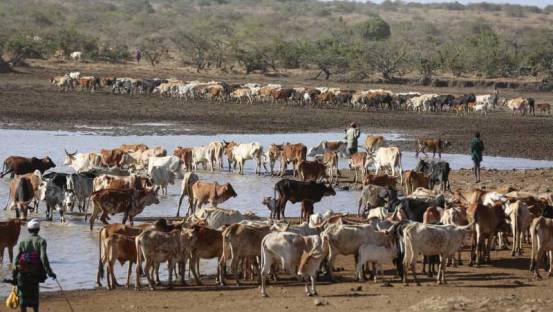
The Nairobi National Park is the only park on earth bordering a capital city. On the afternoon of December 16, 2016, it was celebrating 70 years of existence and the Kenya Wildlife Service (KWS) threw an evening party in the park to commemorate the event.
The small gathering comprised conservationists, friends of Nairobi National Park, assorted Kenyans who earn a living in the wildlife industry and uniformed KWS staffers who appeared to be attending more out of protocol than choice. There was an air of resignation about the place. Out at the Impala observation point, a panoramic view of open savanna grassland, guests mingled awaiting the arrival of dignitaries as the catering unit from the Ole Sereni Hotel hurried about setting up.